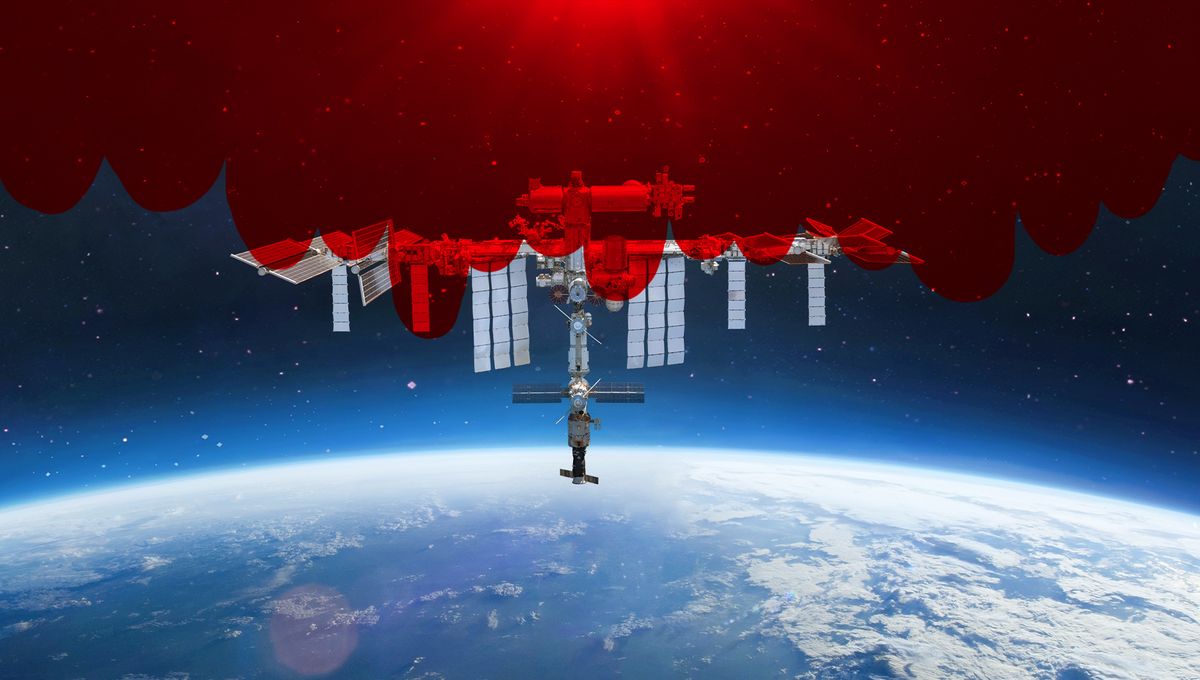Things in microgravity work differently. Flames are round, your bones lose density, and the calluses on your feet disappear. Liquids also behave weirdly, and a group of forensic scientists wondered how bloodstain patterns would be affected in reduced gravity – so they took a flight to find out.
The team performed the microgravity experiment on board the Zero Gravity Corporation’s modified Boeing 727 parabolic aircraft. This vehicle goes up and down, providing free fall for a short amount of time. That’s when the simulation took place.
Tested in a zero-g and a 0.05-g regime, they used a mixture of 40 percent glycerin and 60 percent food coloring as a blood substitute. While it wouldn’t be good for the living, it has the same density and viscosity as human blood and when released, it creates stains similar to real blood. In microgravity, the team found a major difference from what is seen on Earth.
“With the lack of gravitational influence, surface tension and cohesion of blood droplets are amplified. What this means is that blood in space has a higher tendency to stick to surfaces until a greater force causes detachment. Within the application of bloodstain formation, it means that blood drops exhibit a slower spread rate and, therefore, have shapes and sizes that would not be reflective on Earth,” co-author Professor Graham Williams, from the University of Hull, said in a statement.
The team originally considered how by eliminating gravity, they would be getting less uncertainty in some calculations. However, the surface tension has such a dominant effect that it leads to greater variance in the estimates. In other words, dropping gravity doesn’t mean better precision.
This is the first study about the behavior of blood in free flight, an approach that has been dubbed “astroforensic science”.
“Studying bloodstain patterns can provide valuable reconstructive information about a crime or accident. However, little is known about how liquid blood behaves in an altered gravity environment. This is an area of study that, while novel, has implications for forensic investigations in space,” lead author and bloodstain expert Zack Kowalske, a crime scene investigator based in Atlanta, added.
There has not been any known crime in space and though who knows what might happen in the future, applications of this work are likely to first be used in accident reconstruction.
“Forensic science is more than just trying to solve crimes,” said Kowalske. “It additionally has a role in accident reconstruction or failure analysis. With this concept, consider how various forensic disciplines could be utilized in a critical accident onboard a space station or shuttle.”
The study is published in the journal Forensic Science International: Reports.


